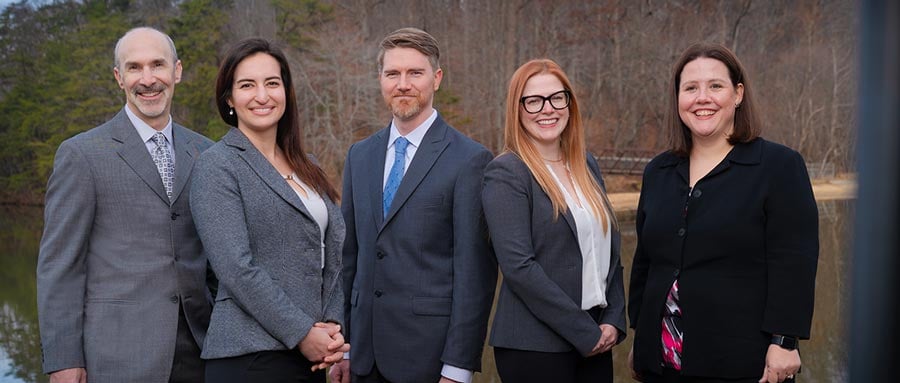Over the past decade, startling statistics and state laws prohibiting the use of hand-held devices behind the wheel have highlighted the dangers of distracted driving. However, recent studies have found that many accidents occur even when the driver is looking in the right direction and a potential hazard is clearly visible.
Researchers often refer to these types of collisions as “looked-but-failed-to-see” crashes, and the cause of many of these types of incidents seems to be a phenomenon known as “inattentional blindness.”
What is inattentional blindness?
Faced with an overwhelming amount of sensory information, the human brain often filters out visual cues before the individual becomes conscious of them. This is especially true if the viewer does not expect to see the object in question. For instance, a driver looking for other motor vehicles may not notice a bicycle, motorcycle or pedestrian, even in plain sight.
How might inattentional blindness affect driver behavior?
A study performed in Australia underscores the potential dangers of drivers who may experience inattentional blindness behind the wheel.
During the experiment, participants viewed a series of driver’s-perspective photographs and identified potentially unsafe driving situations. In the final image, researchers digitally inserted an unexpected object: either a taxi or a motorcycle.
Of the 56 study members, 65% overlooked the motorcycle, 31% failed to notice the taxi and 48% missed the presence of the new vehicle entirely.
How can drivers minimize the risk of an inattentional mistake?
Inattentional blindness may be more likely when motorists are either distracted or are not looking out for other types of traffic. Drivers may be able to prevent a looked-but-failed-to-see collision by staying focused on the road and making a point of watching out for cyclists, motorcyclists and pedestrians.


